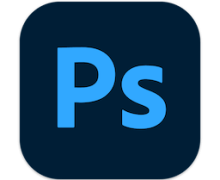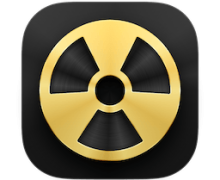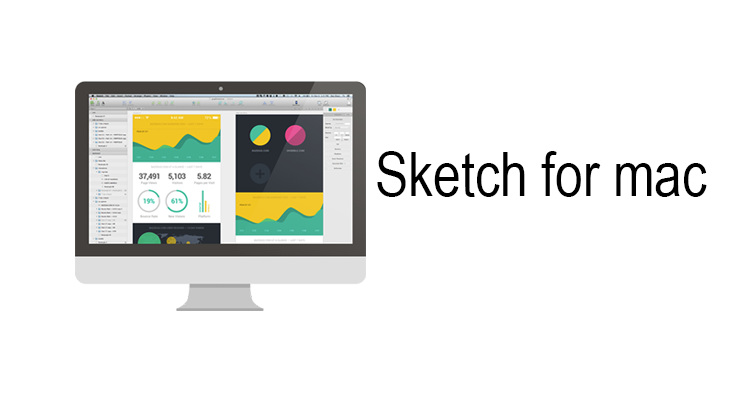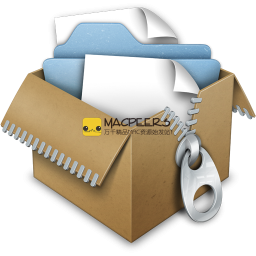Retrobatch Pro 2.3 macOS
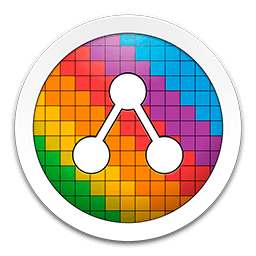
Flexible, super-powerful batch image processing for your Mac.
Retrobatch is a flexible node-based batch image processor, which means you can mix, match, and combine different operations to create the perfect workflow.
# It's a super charge
Each option has its own node. Change DPI, rotate, apply machine learning, add custom behavior with jаvascript are just a few of them. Optimize your images for fast delivery over the web.
# Batch Processing
Process a single image or thousands of images, supporting reading and writing of common file formats. Create multiple inputs and multiple outputs.
# Metadata - editing, adding and erasing
- Remove and add location data, such as GPS coordinates.
- Add copyright tags, author information, and more to images.
- Remove all metadata tags before uploading images to social media sites.
- Filter images by size, megapixels, file format, and other criteria.
- All this can be done without altering or recompressing the image data, maintaining its 100% fidelity.
# Transform – resize, crop, crop, and rotate.
- Crop the transparency around the edges of the images.
- Rotate images by any amount.
- Crop images by a fixed amount, as a percentage of width or height, snapped to edges, or by aspect ratio.
- Scaling images and recording optimized @2x versions of images.
- Retrobatch is great for quickly preparing images for website and app development.
# Conversion – color profiles, formats, and more.
- Convert images to HEIC, JPEG, JPEG-XL, PDF, PNG, WebP, or TIFF.
- Rewrite HEIC images to JPEG and other formats.
- Edit, assign or remove color profiles from images.
- Assign Display P3 profiles to images and record them with the _dp3 suffix.
- Convert images to CMYK, sRGB, Display P3 or grayscale.
- Brute force PNG files or create indexed 8-bit PNG images.
- Splitting and splitting multi-page and layered images into separate images.
# Watermarks - text and images.
- Use Retrobatch to watermark images in a variety of ways.
- Adjust the watermark's transparency, blending mode, and positioning.
- Use metadata tags for watermarking, including the date the image was captured, file name, author, and more.
# Photo effects, filters and blur.
- Apply filters such as Film Grain, Grayscale, Chrome, Fade, Instant, Mono, Noir, Process, Sepia, Tonal, and Transfer.
- Add borders and shadows to images.
- Add Gaussian or box blur.
- Remove noise from photos or use sharpening filters.
- Use the Matte node to remove transparency from images.
- Invert color negatives or create color negatives.
# Machine learning and super resolution
- Ultra-high-resolution image upscaling created with alien technology that no one really understands.
- Automatically straighten images with the new Auto Level node.
- Recognize text in images and filter images using the Rules or jаvascript node.
- Use rules to remove images from your workflow based on attributes such as color profile, file format, size, and orientation.
- Take advantage of machine learning to classify images for processing.
# javascript and automation
- Start Retrobatch workflows with shortcuts.
- Create and distribute custom plugins written in jаvascript.
- Writing scripts to extract or modify metadata.
- Use the Core Image and Cocoa APIs to draw watermarks or borders on images.
# Screenshots, symlinks, clipboard.
- Keep an eye on the clipboard and automatically start the workflow when a new image is copied to it.
- Create a workflow to capture all open windows on your Mac and burn them as separate PNGs or layered PSDs.
- Export all your selfies from Photos, resize and apply filters.
- Split images from animated GIFs, PNGs, multi-page TIFF files, PDF pages, and ICNS files into separate images.
- Read an image from the clipboard, apply a drop shadow, and write it back to the clipboard to paste it into another application.
- Read an image from the clipboard, add a watermark and write it to a folder to upload to an online service.
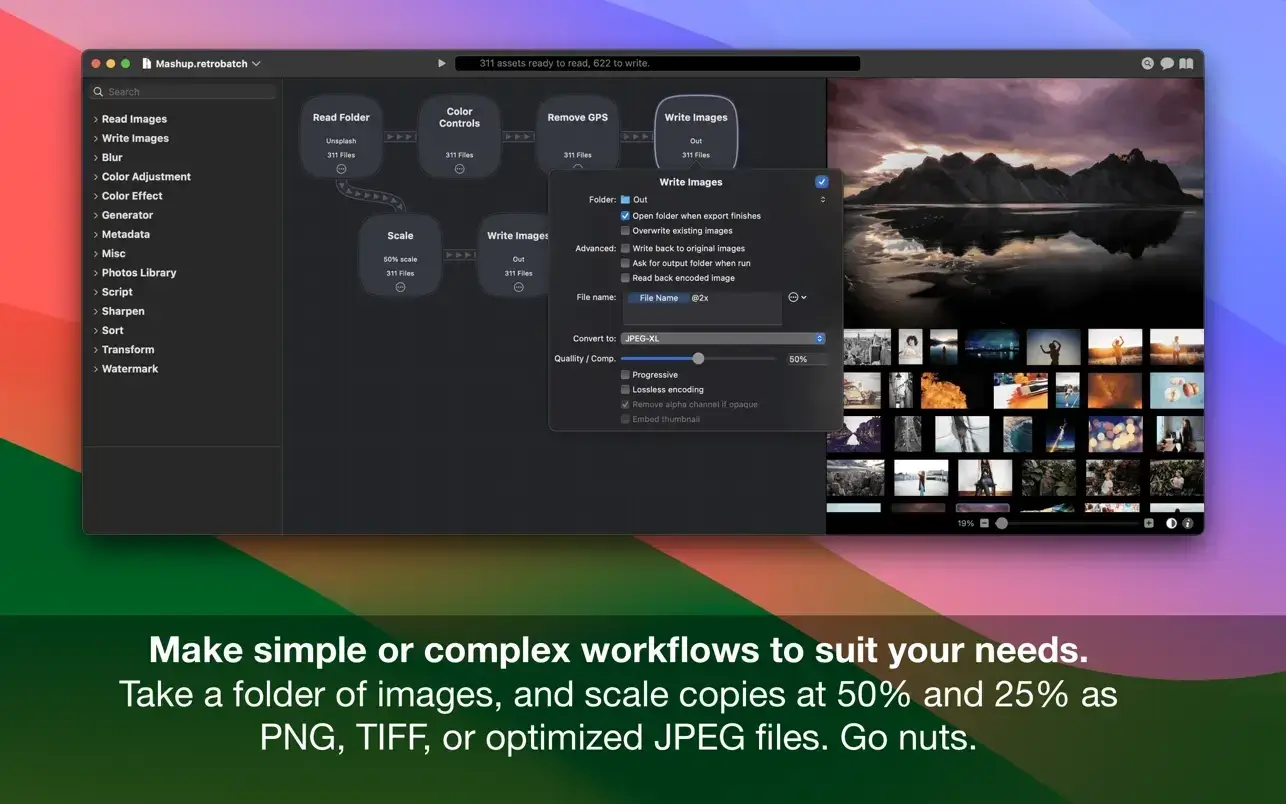
下载地址:
相关下载:

